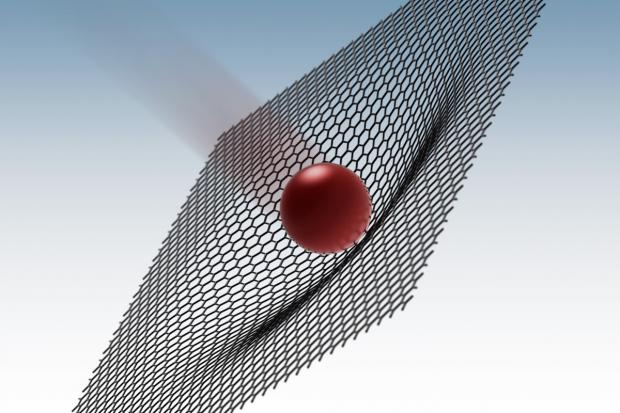
Breaking News
 $26M Frozen on Blockchain - With One Click
$26M Frozen on Blockchain - With One Click
 Italy are on national strike shutdown rejecting digital enslavement...
Italy are on national strike shutdown rejecting digital enslavement...
 The following U.S. states are currently using the rebranded "Reporty Homeland Security" so
The following U.S. states are currently using the rebranded "Reporty Homeland Security" so
 NATO Chief Urges Europe To Prepare For Long-Term World War With Russia, China, Iran & North Korea
NATO Chief Urges Europe To Prepare For Long-Term World War With Russia, China, Iran & North Korea
Top Tech News
 HUGE 32kWh LiFePO4 DIY Battery w/ 628Ah Cells! 90 Minute Build
HUGE 32kWh LiFePO4 DIY Battery w/ 628Ah Cells! 90 Minute Build
 What Has Bitcoin Become 17 Years After Satoshi Nakamoto Published The Whitepaper?
What Has Bitcoin Become 17 Years After Satoshi Nakamoto Published The Whitepaper?
 Japan just injected artificial blood into a human. No blood type needed. No refrigeration.
Japan just injected artificial blood into a human. No blood type needed. No refrigeration.
 The 6 Best LLM Tools To Run Models Locally
The 6 Best LLM Tools To Run Models Locally
 Testing My First Sodium-Ion Solar Battery
Testing My First Sodium-Ion Solar Battery
 A man once paralyzed from the waist down now stands on his own, not with machines or wires,...
A man once paralyzed from the waist down now stands on his own, not with machines or wires,...
 Review: Thumb-sized thermal camera turns your phone into a smart tool
Review: Thumb-sized thermal camera turns your phone into a smart tool
 Army To Bring Nuclear Microreactors To Its Bases By 2028
Army To Bring Nuclear Microreactors To Its Bases By 2028
 Nissan Says It's On Track For Solid-State Batteries That Double EV Range By 2028
Nissan Says It's On Track For Solid-State Batteries That Double EV Range By 2028
"Graphene armor" protects perovskite solar cells from damage

In just 10 years or so, perovskite solar cells have advanced so fast that they've more or less caught up to silicon's several-decade head start, reaching efficiencies of around 20 percent. But the advantage is that perovskite is cheaper and easier to produce in bulk, and it can be printed or sprayed directly onto surfaces.
But there's always a catch, and in this case that's stability. Perovskite is vulnerable to being degraded by ions coming from the metal oxide electrodes in the solar cell. But now engineers at Ulsan National Institute of Science and technology (UNIST) in South Korea have found a way to protect the perovskite, and the secret ingredient is everyone's favorite wonder material, graphene.
Graphene is a two-dimensional lattice of carbon atoms, which is transparent, super strong and electrically conductive. That makes it perfect for this purpose – it allows photons of light and electrons to pass through, but blocks metal ions.
The team's new system is made using what they call a graphene copper grid-embedded polyimide (GCEP), which sits between the metal electrode and the perovskite. This layer allows sunlight to pass through to the perovskite to convert the energy to electrons, which are then passed back through the GCEP to the metal electrode and out to be stored and used.
In tests, the researchers showed that the new design was almost as efficient as the regular kind. Solar cells protected by the "graphene armor" had power conversion efficiencies of 16.4 percent, compared to 17.5 percent for those without. It managed to maintain that for long periods too, retaining more than 97.5 percent of that efficiency after 1,000 hours.

 Carbon based computers that run on iron
Carbon based computers that run on iron

